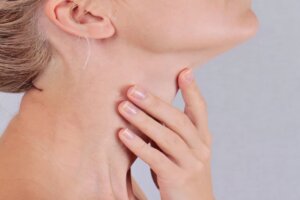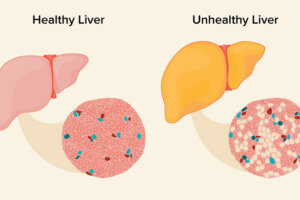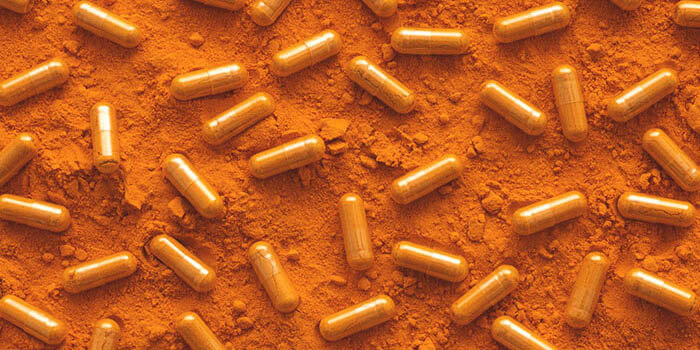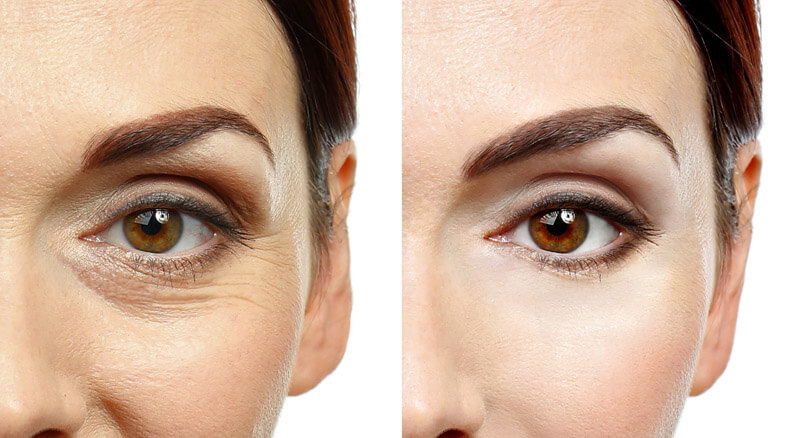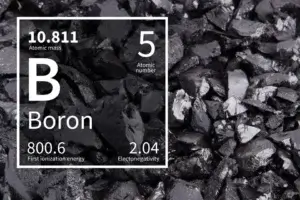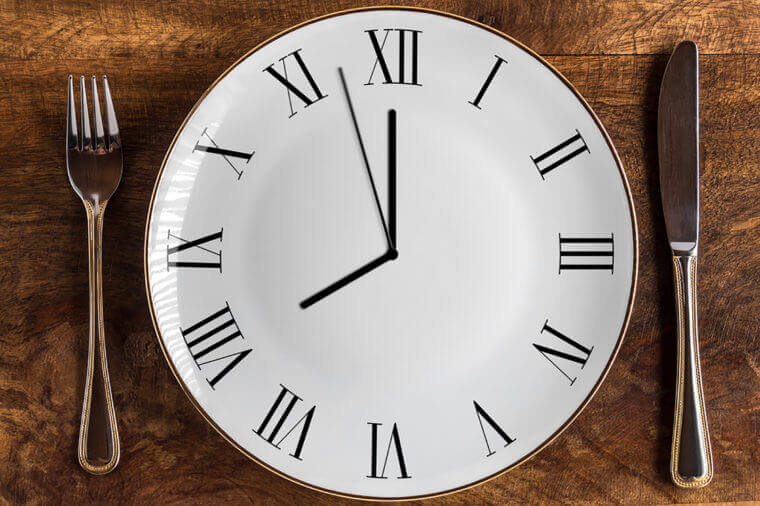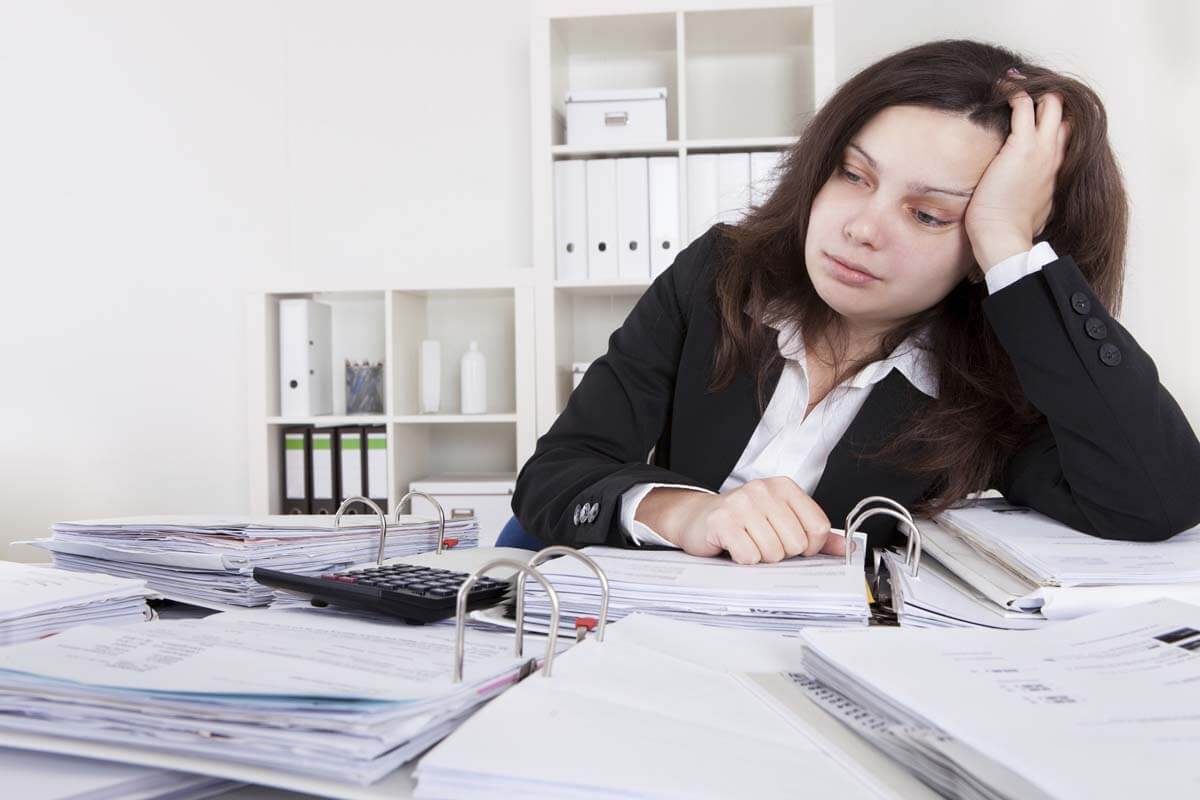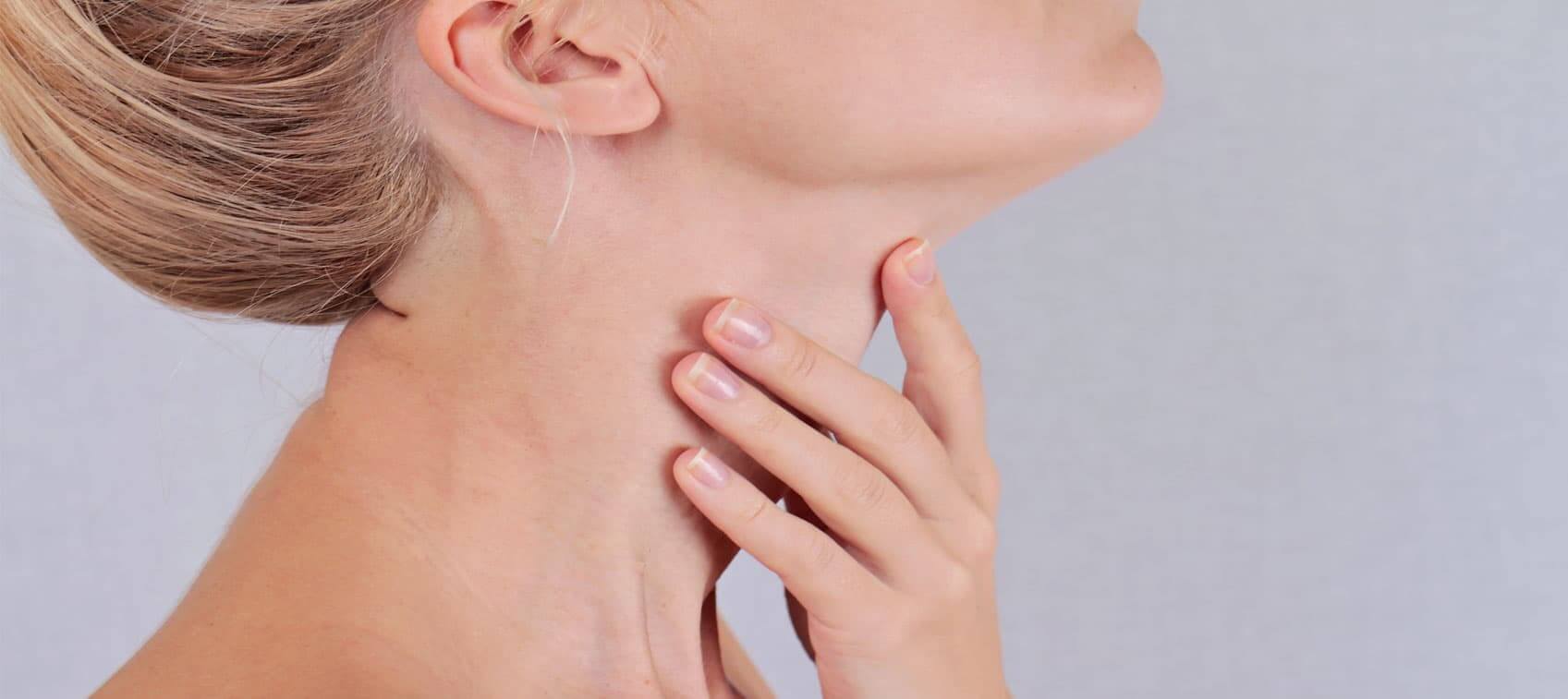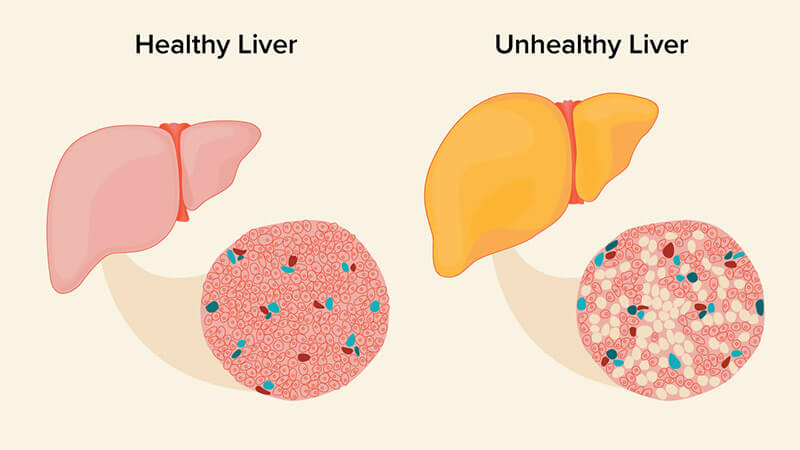A varicose vein is one in which the veins appear abnormally enlarged on a superficial level. While varicose veins in the legs can certainly be unsightly, many people assume they are only a cosmetic problem and deal with them the best they can. However, untreated varicose veins can lead to a serious health condition known as venous insufficiency of the legs. This means that the blood flow going from your heart back to your legs is somehow impaired.
Normal Functioning of the Leg Veins
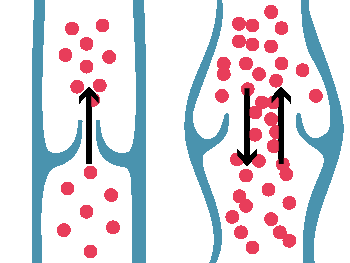
When not diseased, the veins in your leg carry blood deficient in oxygen away from your legs. The anatomical features of your legs and veins also enable them to send uninterrupted blood flow to your heart. The musculovenous pump in your legs contracts and relaxes during movement, thereby forcing blood to move into the vessel. The arteries of your legs also aid in this process by helping to keep the blood flowing in your veins.
You also have valves present in your leg veins that prevent blood from flowing backward as it travels towards your heart. If the blood does attempt to flow in the incorrect direction away from the heart, the valve within your leg vein prevents this by closing.
What Happens When the Veins Become Diseased or Inefficient?
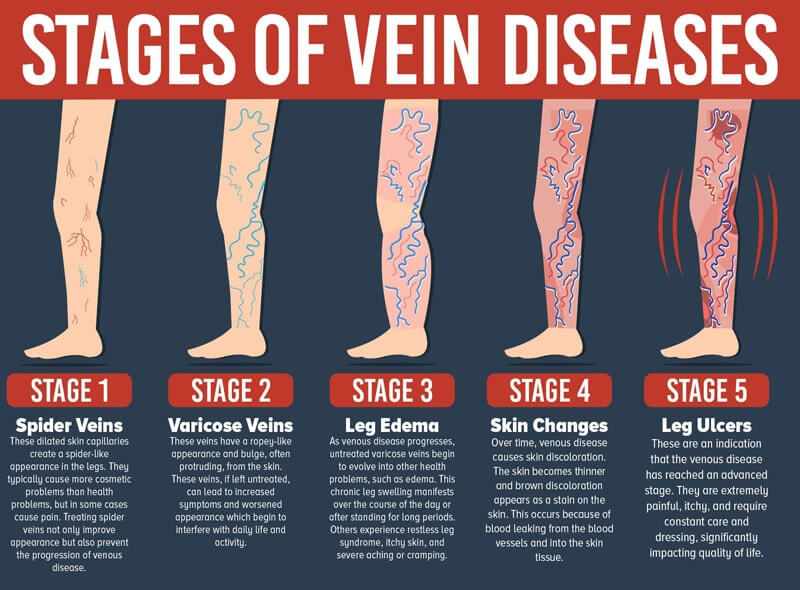
When you have faulty veins in your legs, it causes the blood to move in a retrograde flow, which means that it travels backward. The name of this condition is venous reflux. Blood clots are the typical cause of a blockage taking place within a leg vein. This impacts the outflow of blood in the leg, which can cause the blood to pool in your lower legs and feet. The blood flow in your legs becomes sluggish when this happens, leading to a condition called venous stasis.
Varicose Veins the Most Common Cause of Venous Insufficiency
A varicose vein develops on the superficial part of your leg due to blood pooling from diseased or inefficient venous valves. A compromised vein can no longer prevent the blood in your legs and veins from back flowing. Varicose veins are significantly more common in women than they are in men. The fact that they often begin during pregnancy helps to explain this. Medical researchers also feel that an imbalance of estrogen and other dominant female hormones contribute to why more women have a problem with varicose veins.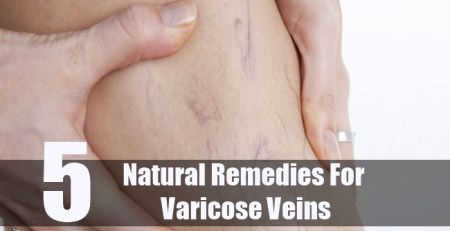
Prolonged periods of inactivity is another common reason that people develop varicose veins. This is the reason that hospital staff monitor patients carefully to ensure that they don’t form blood clots from staying in bed for too long. An injury or infection of the leg can also cause the formation of varicose veins. This is especially true when it affects the superficial blood vessels.
Symptoms and Health Conditions Related to Venous Insufficiency
Venous insufficiency can cause numerous symptoms in addition to varicose veins. The most common ones include ankle or leg swelling known as edema, leg cramps, heavy feeling in the legs, legs that itch or feel weak, skin thickening of the ankles or legs, skin color change on or near the ankles, and a tight feeling in the calves. Untreated venous insufficiency increases the risk of heart attack, stroke, and vascular disease.
If you have varicose veins, consider asking your doctor for a referral to a vein specialist or ask your insurance provider if you can see one directly. He or she can let you know about the different treatments available for varicose veins so you can choose what’s right for you.


